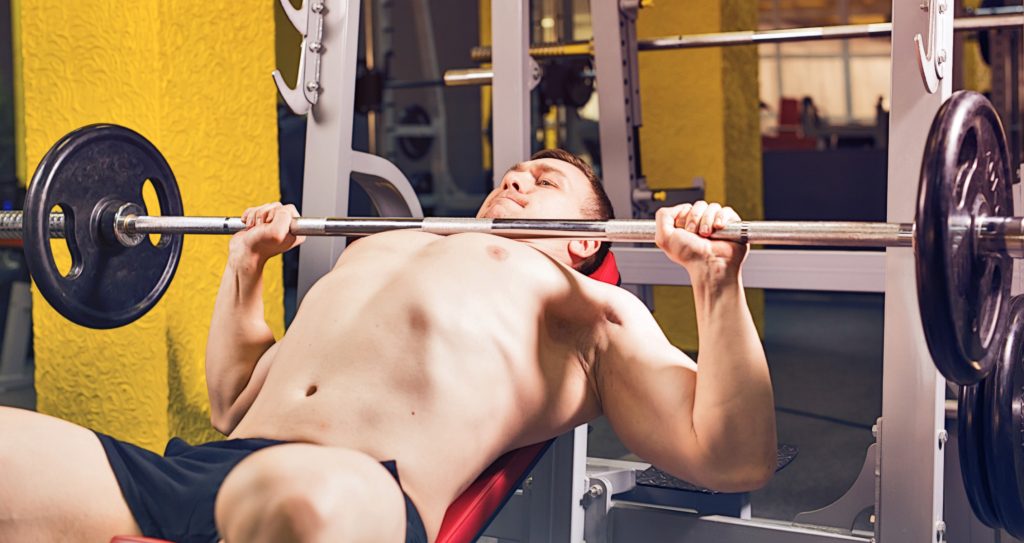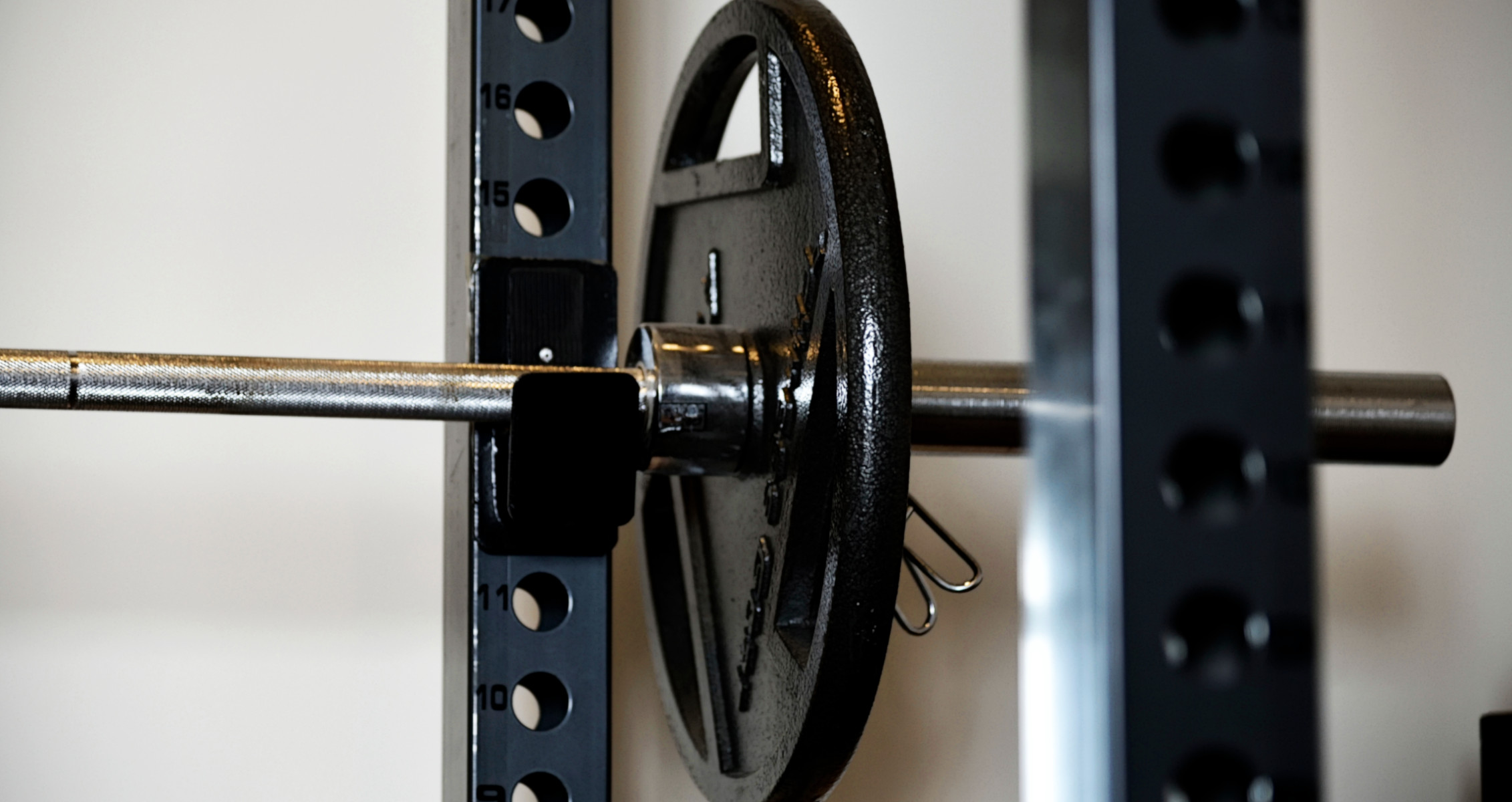Programming the Bench Press
Bench pressing is an excellent upper body exercise that helps build chest. It’s the poster child of upper body exercise. Whether it logically makes sense to be in everyone’s program is a different story, but here’s how you can get the most out of bench pressing. For starters, it’s an exercise that mostly hits the chest and shoulders. It also hits the triceps, but not as much as people think or feel due to the position.
It’s most commonly done with a barbell which helps in developing strength, power, and muscle mass. After all, it’s the exercise that everyone’s going to ask you how much you lift.
When tracking volume, it should definitely be counted towards chest volume and front delt volume. Some people count it as triceps volume as well which isn’t a bad idea either.
Set-up & Grip
Bench pressing trains 3 movement patterns; including horizontal flexion, shoulder flexion, and elbow extension. These are simply fancy terms meaning they train the muscle fibers that brings your arm across the chest, brings up your shoulder, and locks out your elbow; all of which are deeply important for life and sports performance.
The length of horizontal flexion depends on the grip width. While shoulder flexion is based on how far the barbell is in front of the shoulders when observed through the side. There is a decrease in shoulder flexion demand when the bar is initially driven up and back toward the upper chest, making the lift easier.
All of these are usually logistics. For most people, they should take their most comfortable grip as a standard baseline and press up and slightly back to maximize bar path.
If you’re still overthinking this stuff because I used a few fancy anatomical terms, The distance between the grips from both hands can be shoulder-width or wider as long as the wrist is over the elbow through a rear view when the bar is on the chest. Simple enough?
 Lift-off
Lift-off
Lifting the bar off the rack is important component. A bad lift off can reduce performance or cause injury on heavier sets. A rack designed specifically for benching is best, but not necessary. It is an important element to lifting heavier weights in a bench press, but most recreational shouldn’t be lifting super heavy anyways.
A quality squat rack is essential to maximizing form and adjusting to its correct height. Having the bar too high will cause you to excessively protract your shoulders and lose a stable position. Having it too low will force you to do a super heavy skull crusher out of the rack which can also strain the elbow joint.
So think Goldilocks, not too high, not too low. Just right.
Let the bar help to set the scapula (shoulder blades) in position which should be it’s natural position for most lifters.
For powerlifting or strength specific scenarios where weight lifted is prioritized over muscle hypertrophy, you’ll need to create tension in the upper body through squeezing back and down. Actively arching your back may be necessary as well. These cues will limit the range of motion the bar has to travel which helps you lift more weight. Great for powerlifting or impressing hot girls, well if they’re dumb enough to not realize you cut your range of motion short.
Execution
With feet flat on the ground, lie back on a bench. Some individuals that are unable to keep the feet in contact with the floor may use elevated objects placed near the end of the bench as foot rests. Allow the back to naturally arch slightly at most while your booty and upper back lays on the bench. Keep in mind that the legs and the body should feel tight and strong.
Grasp the bar with an overhand grip, or with your wrist located directly under the bar. Lower the dismounted bar from the rack until it reaches the middle chest. Next, push the bar upward until arms are fully extended. Take note that the chest muscles must be used throughout the movement. If you don’t feel your chest, your set up may not be very hypertrophic.
Slowly return the bar back down to the chest and repeat the process until desired.
If a lifter is practicing for competition, a short pause before pushing the bar back up is a good training for a meet.
 Close-Grip Bench Press
Close-Grip Bench Press
Bench pressing performed with a narrow grip is known as the close grip bench press. For people with shoulder pain or previous shoulder injuries, some may be unable to do a traditional bench press. A close grip bench press is a good alternative workout to strengthen the upper body. It also limits the stress on the shoulder joints making it suitable for lifters experiencing shoulder pain. Close grip bench press also targets the triceps a bit more.
Dumbbell Bench Press
Dumbbells can be used as an alternative to a bar when doing a bench press. It allows a greater range of motion which is arguably more hypertrophic. So if the goal is to build the most muscle possible, it’s probably best to allocate more volume towards dumbbell pressing as opposed to the popular barbell pressing.
Don’t be surprised when you feel your pecs more with dumbbell pressing. That stretch at the bottom can be gnarly on your muscle fibers. The use of separate dumbbells also trains so stability components as well.
Holding a dumbbell in each hand, lie back on a bench. The palms should be angled so the dumbbells look like they’re forming a triangle at the top. This is the most pain free position that also stresses the pec fibers best. Extend the elbows until arms are straight and don’t let the dumbbells crash together. Then slowly bring the weights back down.
Horizontal Pressing
Horizontal pressing can be associated with horizontal pushing. Some common activities in our daily lives are considered horizontal pressing like pushing a friend or moving heavy furniture. If the goal is to strengthen the upper body, then horizontal press must be included in the training program. With horizontal pressing, the muscles that are mainly targeted are the pecs, triceps, and anterior delts. Benching is the common way to accomplish that, but keep in mind, you don’t have to do it with a barbell in a traditional wider grip. Alternatives are fine.
Programming Considerations
- Higher per session volume will take longer to recover from, thus bench twice per week might be sufficient for many. However, if your volume is low each session for benching, higher frequency benching can be viable.
- Evaluate the best exercise suitable for your body. If you notice that the bench press is ineffective in your pecs, you can try shifting to a dumbbell chest press.
- When doing a bench press, keep the bar under control and avoid bouncing it off the chest.
- To enhance the resistance across the movement, resistance bands can be attached to each end of the bar which increases the tension at the top of each rep where there’s traditionally less tension.

 Lift-off
Lift-off Close-Grip Bench Press
Close-Grip Bench Press






